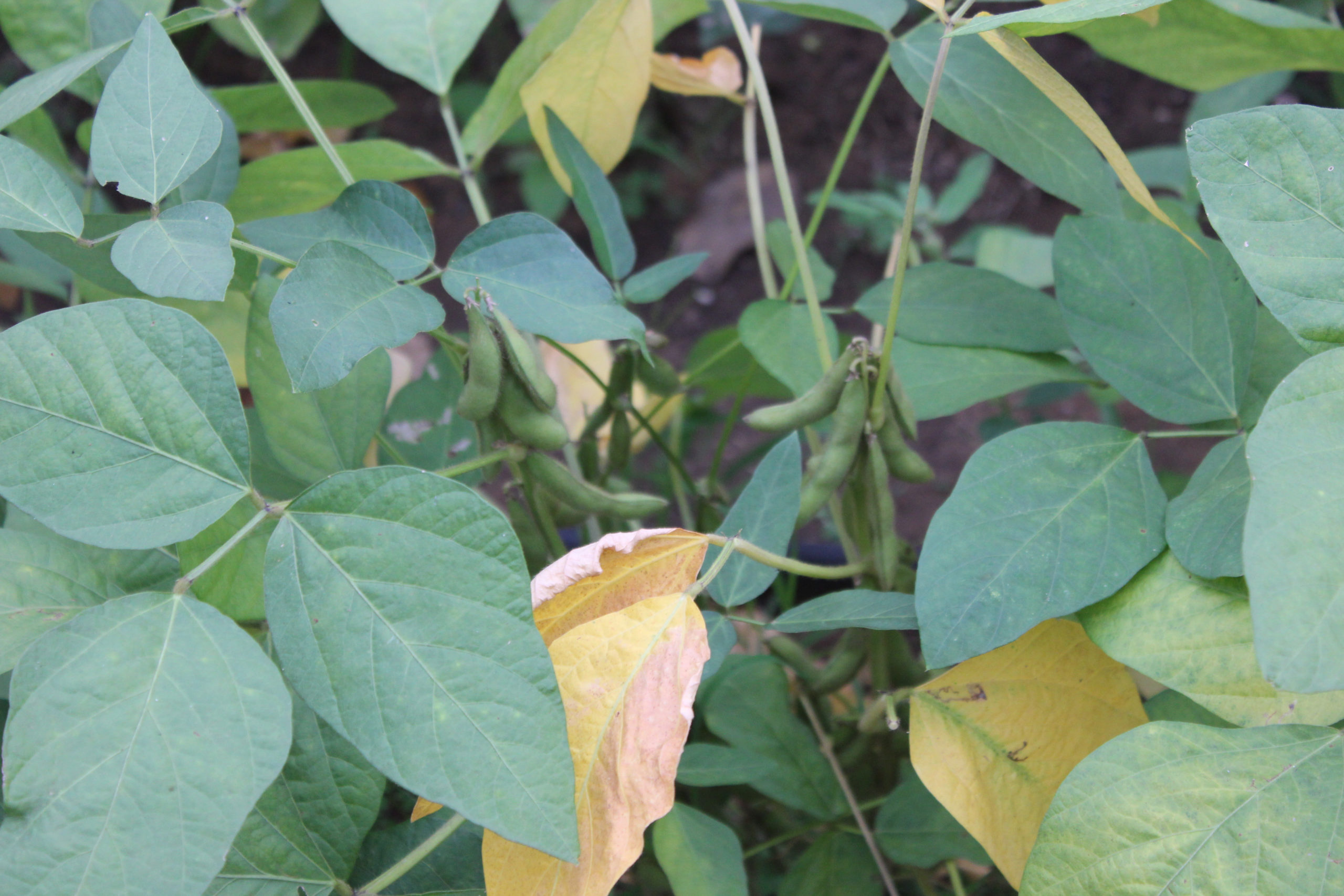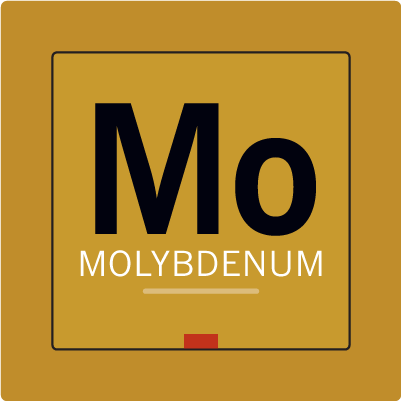Menu
Symptoms of Molybdenum Deficiency in Soybeans
Molybdenum deficiency symptoms frequently resemble Nitrogen deficiency. Older and middle leaves become chlorotic first, and in some instances, leaf margins are rolled and growth and flower formation are restricted.

Molybdenum Deficiency: Middle leaves are first to become chlorotic

